The cylinder in a ram extruder plays a crucial role in the extrusion process, which involves forcing material through a mold to create specific shapes or profiles. The ram extruder uses a cylinder to apply pressure to materials like plastics, metals, or rubber, enabling the formation of continuous shapes. Understanding the uses of the cylinder in this process helps to grasp its importance in manufacturing.
Material Processing
The cylinder in a ram extruder is primarily used to process raw materials. It serves as the chamber where materials are loaded and compressed. The cylinder’s walls are typically designed to withstand high pressure and temperature, allowing for the extrusion of materials like rubber, plastic pellets, or metal billets. The material inside the cylinder is heated and forced through a die to achieve the desired shape.
Pressure Application
One of the most critical uses of the cylinder in a ram extruder is to apply consistent pressure. The ram, or plunger, pushes the material against the cylinder’s interior walls, creating the force required for the extrusion process. This pressure ensures uniformity in the material flow and helps prevent blockages or inconsistencies.
Shaping and Forming
The cylinder plays a vital role in shaping and forming materials into continuous profiles. As the material is forced through the cylinder, it is compacted and shaped before exiting through a die. This allows for the production of products such as tubing, rods, and sheets in various industries, including automotive, packaging, and construction.
Conclusion
The cylinder in a ram extruder is essential for material processing, pressure application, and shaping, making it indispensable in manufacturing continuous profiles and products across multiple industries.

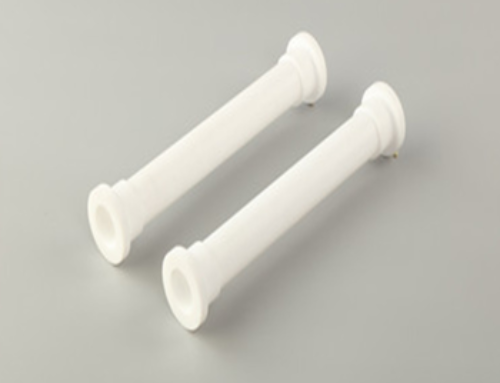
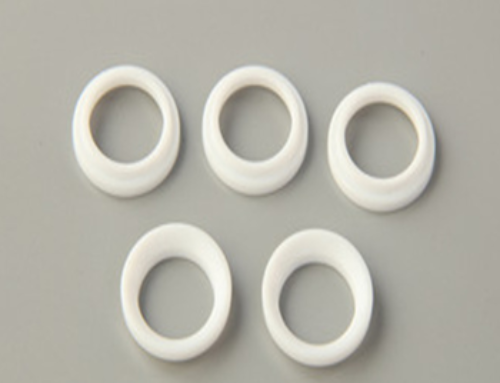
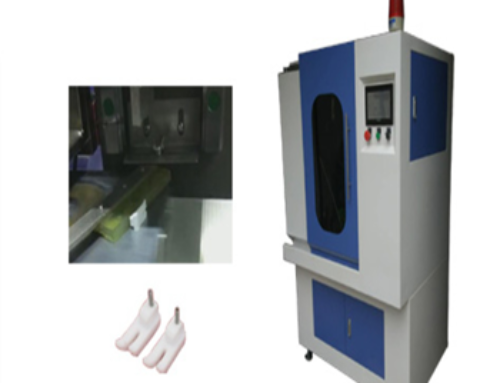
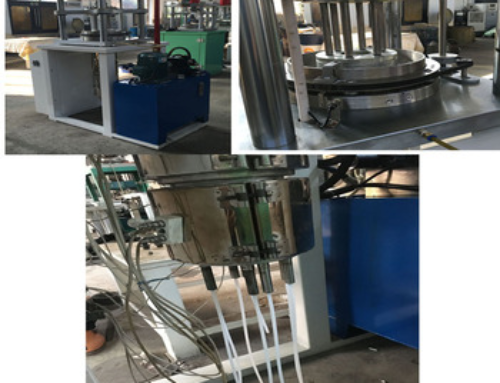
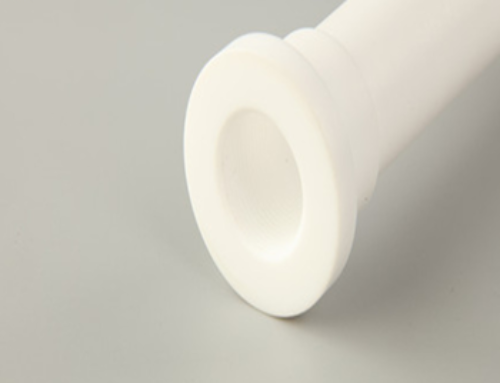

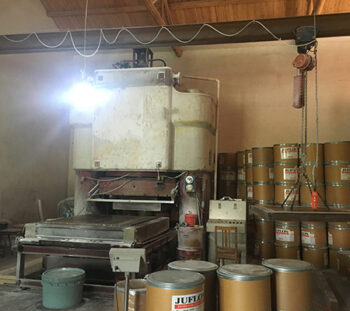
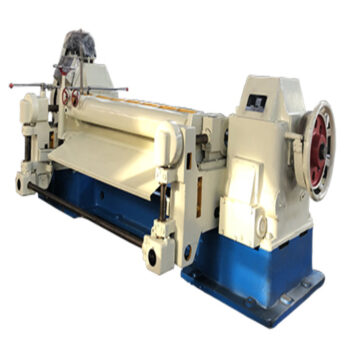
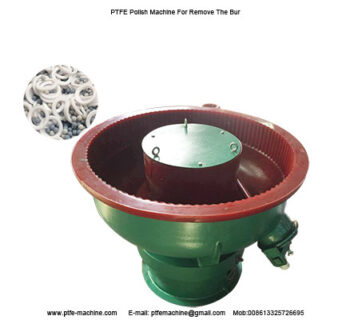
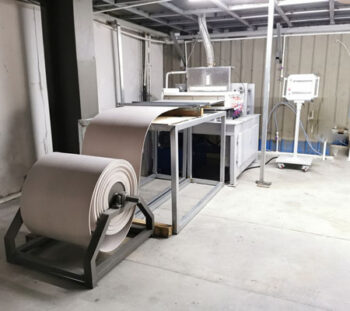
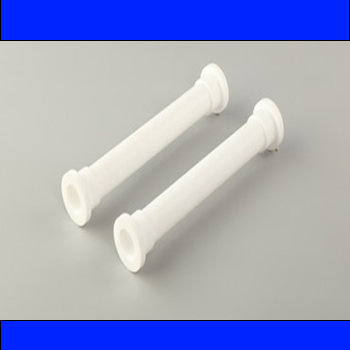

Leave A Comment
You must be logged in to post a comment.